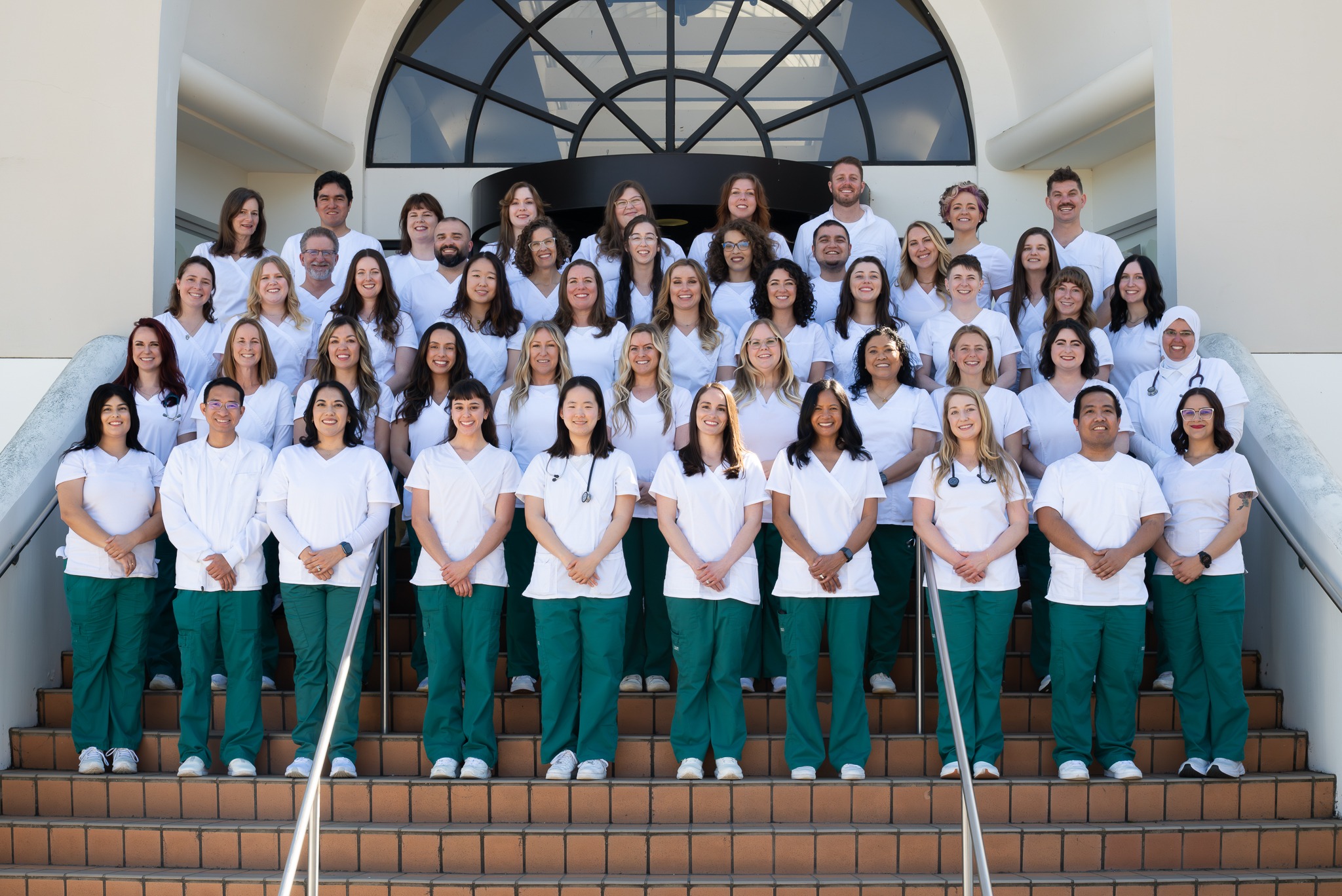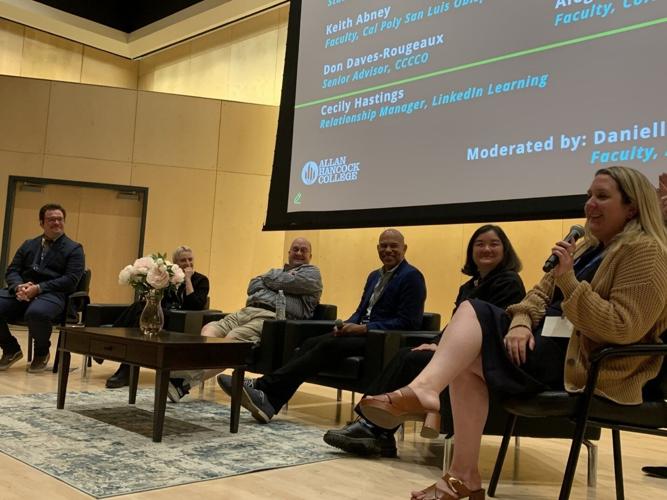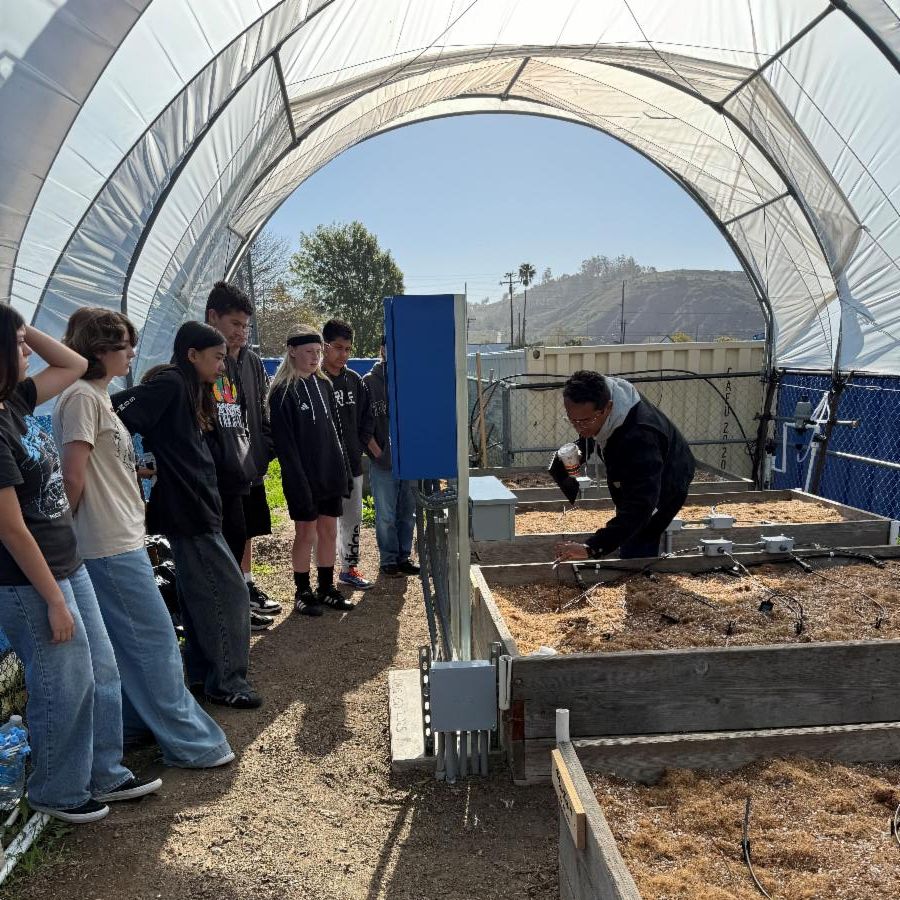Santa Barbara City College and Allan Hancock College have better-than-average transfer rates for their students, which they partly credit to having four-year universities nearby.
California community colleges failed to reach the state’s goal to increase the number of transfer students, and just 6% of students transferred to a University of California or California State University school in the 2020-21 school year.
That year, Santa Barbara City College had 7% of students transfer to a UC or CSU school and 11% transferred to four-year universities.
At Allan Hancock College in Santa Maria, 5% of all students transferred to a UC or CSU and 7% transferred to any four-year university.
Both have better-than-average transfer rates for their students, which they partly credit to having 4-year universities nearby
SBCC credits its transfer rate to being close to UC Santa Barbara and having a strong emphasis in transferring.
“SBCC has a strong transfer-oriented culture that is encouraged and given high institutional priority,” says Angela Warren, the University Transfer Center interim director and University Transfer Academy coordinator. “SBCC also works to develop strategic partnerships with local area high schools and four-year institutions.”
Llerena said that being close to a UC school is a benefit for SBCC, with many students choosing to go to SBCC with the plan to eventually transfer to UCSB.
According to the UC Information Center, 695 transfer students from SBCC were accepted into UCSB last fall.
During the pandemic, community college enrollment took a big hit. While enrollment is rising statewide, SBCC is still struggling to get back to the numbers it had before the pandemic.
“We serve diverse student populations, which were hit the hardest by the pandemic.” said Christina Llerena, SBCC’s dean of student affairs. “Basic needs costs such as food, housing, transportation, and access to technology can often be barriers to higher education.
“We are working to address these needs by offering a wide range of resources, including basic needs programs on campus.”
SBCC’s basic needs program offers assistance with groceries, financial aid, and housing. Continued….





